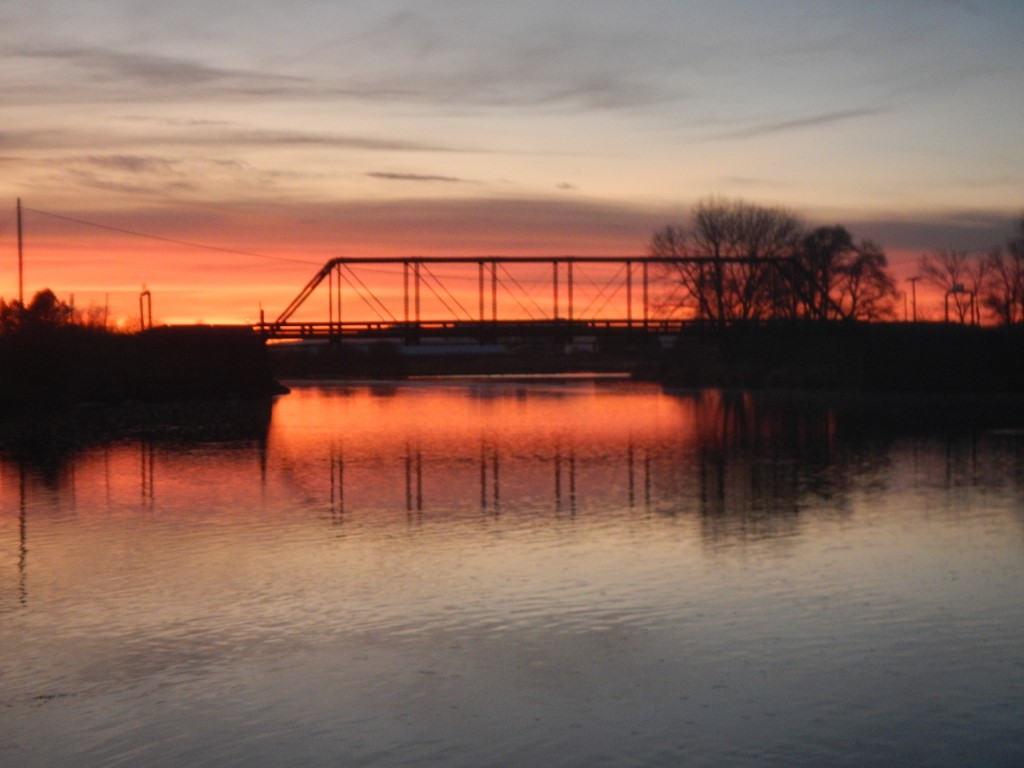Henry’s Fork, April 12th, 2022
We are in a period of “BWO” weather. If you can stand the accompanying wind and precipitation, afternoon top water fly fishing can be worth a visit along the lower river. . Dress warmly and wade carefully! Banks are clearing making access an improving situation. Presenting streamer and stone fly nymph patterns will also bring action during this period of relatively good overhead cover.
Excerpts from Dr. Rob Van Kirk Henry’s Fork drainage SWE report of this morning are below. It contains some long awaited good news.
Headlines:
- Yesterday was the wettest since January 6, increasing water-year precipitation to 80% of average and SWE to 67% of average.
- Natural flow dropped yesterday in response to cold temperatures.
- Due in part to direct precipitation, Island Park Reservoir gained 444 ac-ft yesterday and is 93% full, compared with 86% on average.
- Cold, unsettled weather is expected to continue for the rest of the week.
Details:
As mentioned yesterday, we could have used our current weather back in February. Mean temperature yesterday was 9 degrees F below average and roughly equal to average at the end of February. Precipitation overachieved for a change and was the highest one-day total since January 6, the last day of the only extended wet period we had all winter. Precipitation totals ranged from 0.11 inch at Rexburg to 0.8 inch at White Elephant and averaged 0.38 inch over the watershed. This was enough to move the water-year total from 78% of average to 80% of average.
Cold temperatures put a temporary end to snowmelt, and all SnoTel stations except Island Park gained snow water equivalent (SWE) yesterday. New SWE ranged from 0.3 inch at Crab Creek to 1.3 inches at Phillips Bench and averaged 0.6 inch over the watershed. This moved SWE up two percentage points to 67% of average. It also moved SWE back ahead of 2001 and 2015, the two years with lowest SWE in the 1989-2022 record. SWE on the ground this morning is the highest for the season so far at all high-elevation stations and most of the mid-elevation stations. Date of peak SWE for the whole watershed is still March 22, but tomorrow’s SWE will most likely be the new peak for the season. Average peak date is April 12.
Very cold and unsettled weather will continue for another few days. Although temperatures will warm, precipitation remains in the forecast off and on into the beginning of next week. The 7-day quantitative forecast calls for 0.25 inch along the western edge of the watershed, 0.5-0.75 inch in the Island Park area and up to 1.75 inches along the Wyoming border. That will be enough to keep the water-year total up above 80% of average and is likely to push SWE up to 70% of average. Snowmelt will remain minimal at least through Friday.
After a small, short-duration bump, natural streamflow dropped yesterday in response to cold temperatures over the past two days. Natural flow is 71% of average: 76% in upper Henry’s Fork, 68% in Fall River, and 62% in Teton River. I expect natural flow to stay pretty constant for the next few days.
Due in part to direct precipitation on the reservoir surface, Island Park Reservoir gained 444 ac-ft yesterday to each 93% full, compared with 86% full on average. Outflow will likely be increased again to prevent reservoir ice from encroaching on spillway infrastructure as the reservoir continues to fill.

